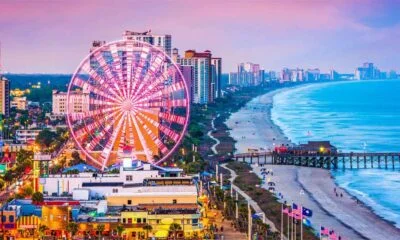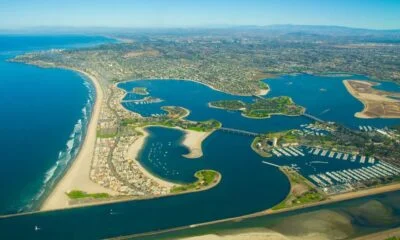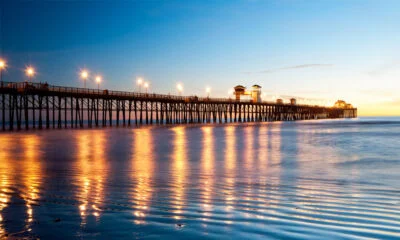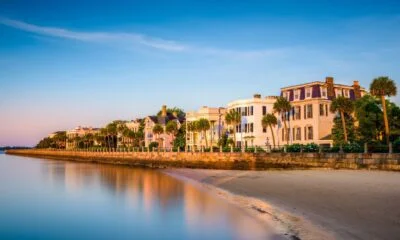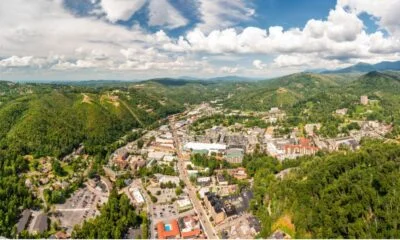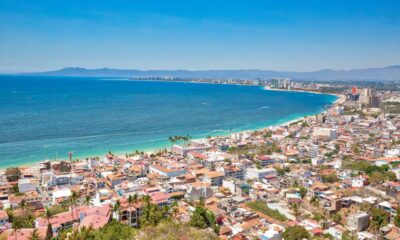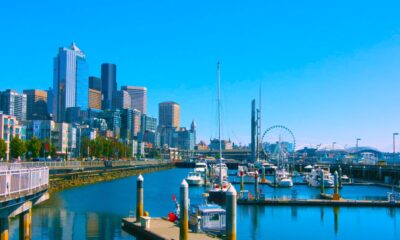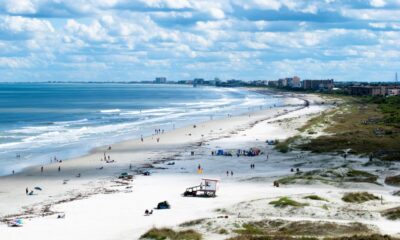Arts & Culture
What to Know Before Traveling to Toronto
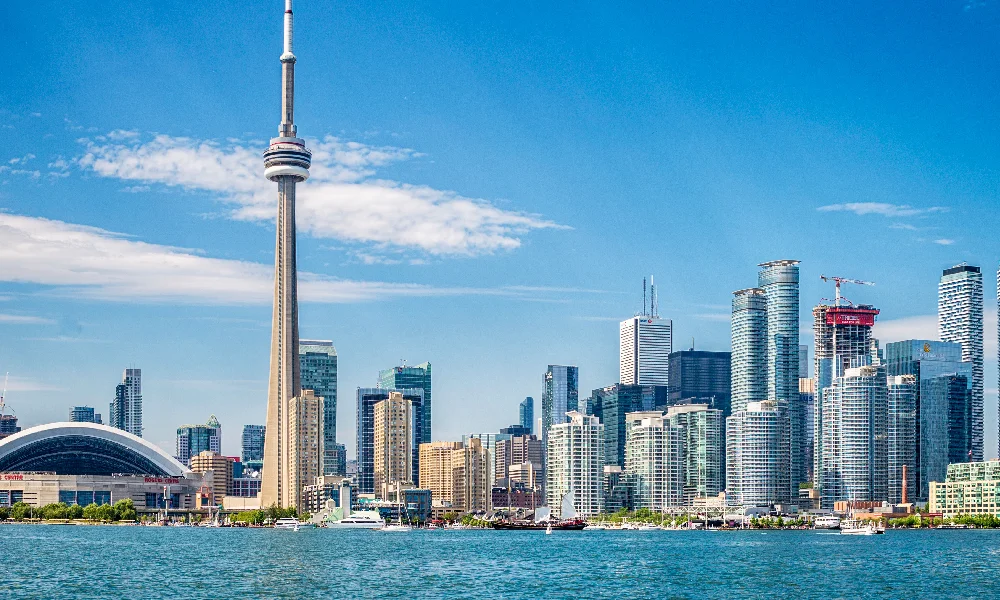
What to Know Before Traveling to Toronto
It might seem the same as visiting a city in the US, but Toronto has some quirks that you should know about before going.
Toronto is the largest city in Canada, as well as one of the largest in the whole of North America. And if you’re planning a visit to Toronto, you might think it’s no different from a US city given its close proximity to upstate New York. While in some aspects it shares similarities with its closest US neighbor, it still is a different city that’s a class of its own.
That’s why it’s useful to know what unique quirks await you in Toronto. From general information to details about money, alcohol, and public transport, here are the essential things to know before your visit to Toronto.
1. The City’s Huge
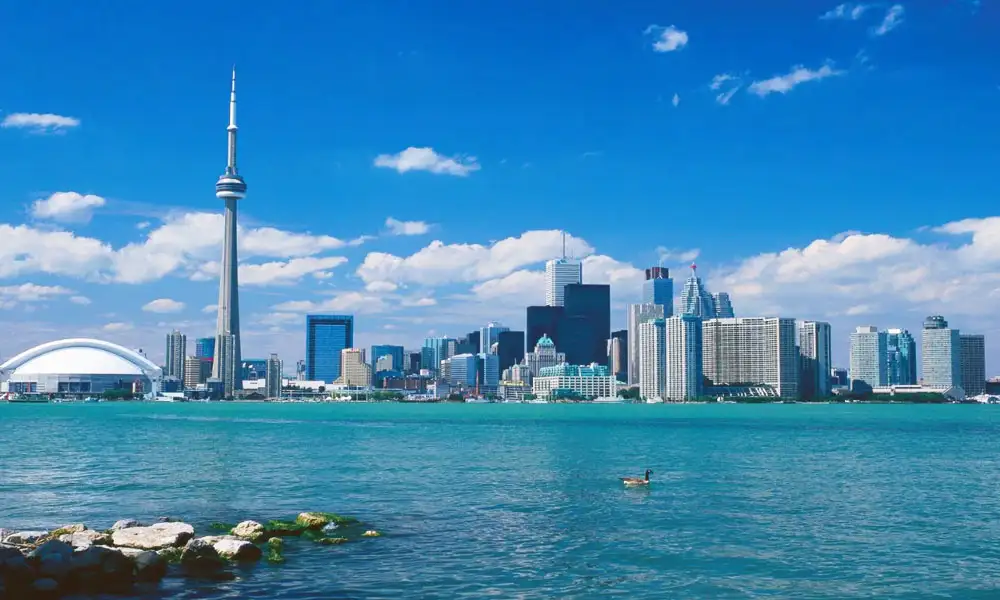
Many people don’t know exactly how large Toronto is, so it’s possible you’ll be surprised. There are only three bigger North American cities compared to it – Mexico City, New York, and Los Angeles.
Toronto has doubled in size in the past 50 years. It’s even surprising to know that it started with just almost three million residents back in the 70s. Today, it has all of the traits of a metropolis, from impressive skyscrapers, immigrants from around the world, and heavy street traffic.
Expect a crowded environment and longer travel times when getting to various points in the city and its over 140 neighborhoods.
2. Get Around the Right Way
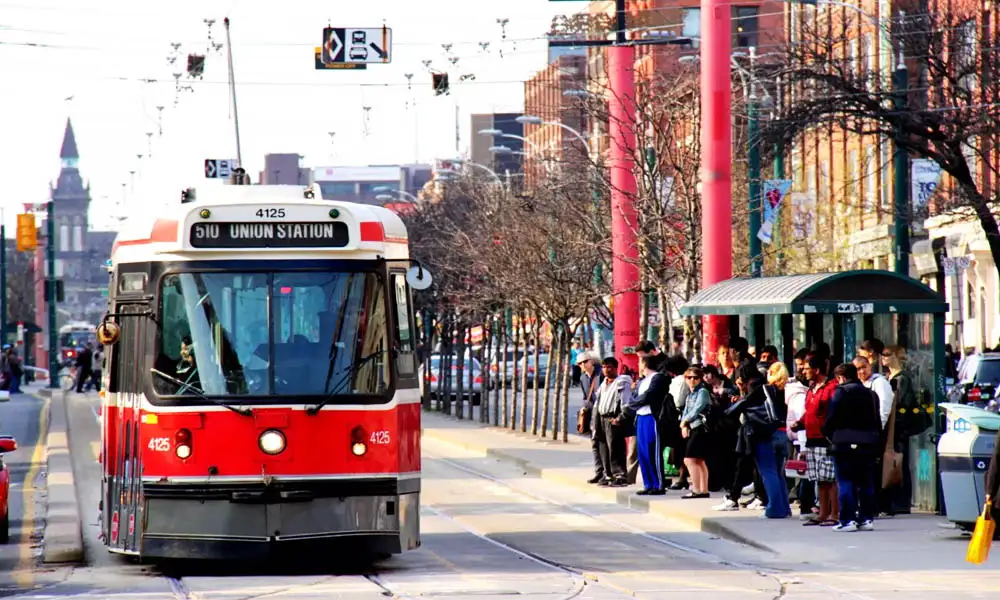
Traffic in Toronto can be horrendous, and renting a car could prove a mistake unless you don’t mind getting stuck in slow-moving traffic. This is especially true on Fridays and the weekends. So if you want to drive around the city, plan your routes accordingly.
Public transit is a more reliable option, although you could encounter delays. The metro is a bit limited, so it’s best to rely on the streetcars and buses. The Toronto Transit Commission, or TTC, covers various transport options for every major street and it would be wise to get familiar with their schedule.
The system relies on electronic cards called Presto. The cards are a bit pricey, initially at $6 each, and you’ll need to load it with a minimum of $5 on a vending machine. This goes up to a minimum of $10 if you’re loading the card online. Once you’re in transit, tapping the card will activate it and it covers your fare for two hours.
The price of one fare for adults is $3.20. There are also other pricing options that could prove cheaper, depending on how much you intend to get around.
3. Financial Matters
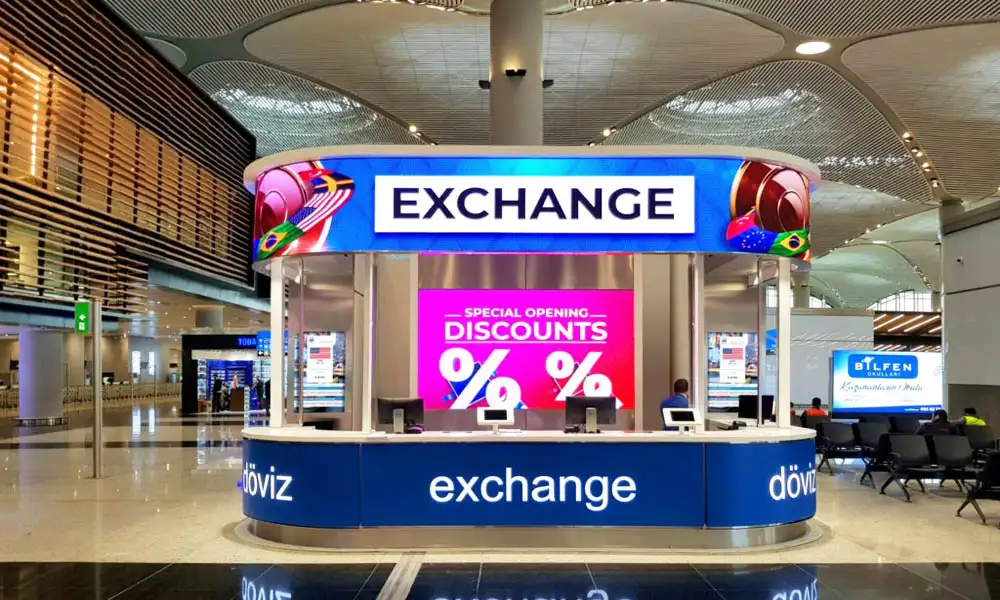
If you need to exchange currency when you arrive in the city, you’ll want to find the most favorable rates. It’s best not to use the banks for this purpose because they charge higher fees for the service. Instead, find a specialized currency exchange agency.
Naturally, this won’t be an issue if you use credit cards instead of cash. But you have to be aware of possible foreign transaction fees.
Toronto isn’t a cheap city by any means, and most prices will likely be higher than anywhere in the US. This is because almost all services and goods have a federal and a sales tax attached. But the upside to this is that the taxes are already calculated into the price, unlike sales tax in the United States.
When it comes to tipping, the usual 15% is expected. Do take note that it’s not unusual for tips to go as high as 20%, and there are venues that will automatically include them in the bill. Not including a tip would be considered rude, even when the service is less than perfect. Of course, if you’re not satisfied with the service, you can tip less.
4. Don’t Miss the Attractions
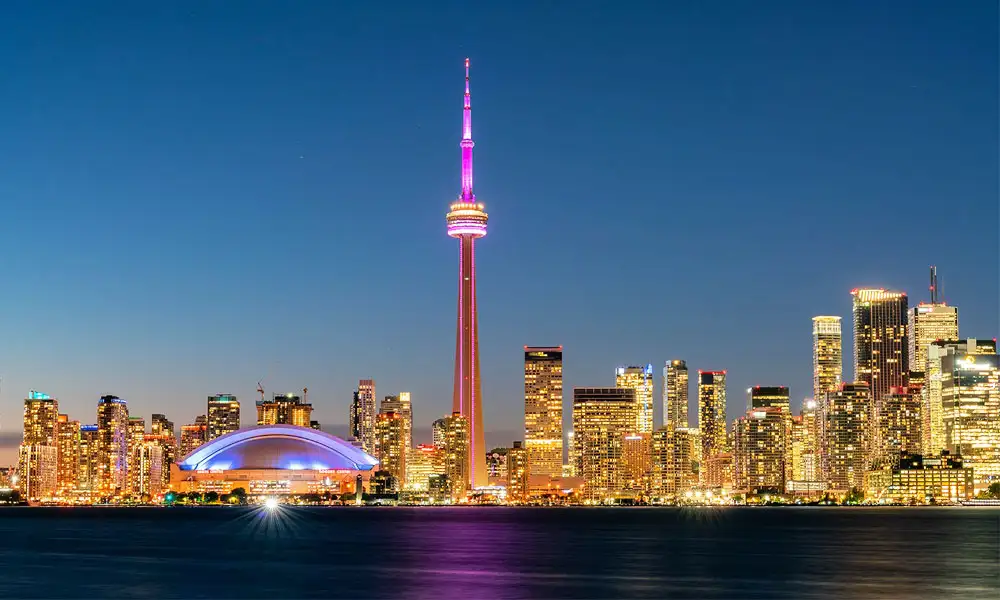
Anyone with a passing knowledge of Toronto has probably heard of the famous CN Tower. The view from the top is quite memorable, although the ride to the observation level is a bit pricey.
Some of the lesser-known main attractions in Toronto are also a must, and there’s just so much to see in the city that it can be hard to choose.
But if you have the time, make sure to visit the Ripley’s Aquarium of Canada and take a walk through the transparent hallway where various species of fishes and sharks can be found swimming above.
The Art Gallery of Ontario is housed in a gorgeous building and is worth checking out. It’s filled with artwork from Canadian, European, and world-renowned artists.
A stroll through St. Lawrence Market in Toronto will take you on a journey surrounded by fresh, delicious food. The market is very lively and filled with all kinds of produce – from meats and cheeses to seafood. You can even buy ready meals and try the local specialties on the spot.
The Distillery District is historic and full of venues of different kinds, including those converted and repurposed from the distilleries that borrow the name to this part of Toronto. Today, they house galleries and art studios, as well as shops and eateries.
5. Prepare for the Climate

Toronto experiences four seasons that are quite distinct. Of course, it is Canada, so expect harsh temperatures in the winter, especially in January. These are contrasted by the heat and humidity of late summer.
Early summer and autumn are the most pleasant, so the best time to visit would be either May or September. You likely won’t be exposed to the biting cold or experience the summer sweat-fest during these months.
Enjoy Your Visit to Toronto
The Canadian metropolis is open, engaging, and welcoming. The city’s vast and interesting, with colorful, diverse communities to explore.
If you come prepared, a visit to Toronto is bound to be memorable and filled with exciting sights and experiences.
Hawaii
Most Stunning Beaches in Hawaii

The Most Stunning Beaches in Hawaii You Need to Visit
Hawaii, a tropical paradise known for its breathtaking beaches, offers an idyllic escape for travelers seeking sun, sand, and surf. Each island boasts its own unique coastline, with beaches that range from serene and secluded to lively and bustling. Whether you’re looking to relax under swaying palm trees, explore vibrant marine life, or catch some waves, Hawaii’s beaches have something for everyone. Here’s a guide to some of the most stunning beaches you need to visit in Hawaii.
Waikiki Beach, Oahu
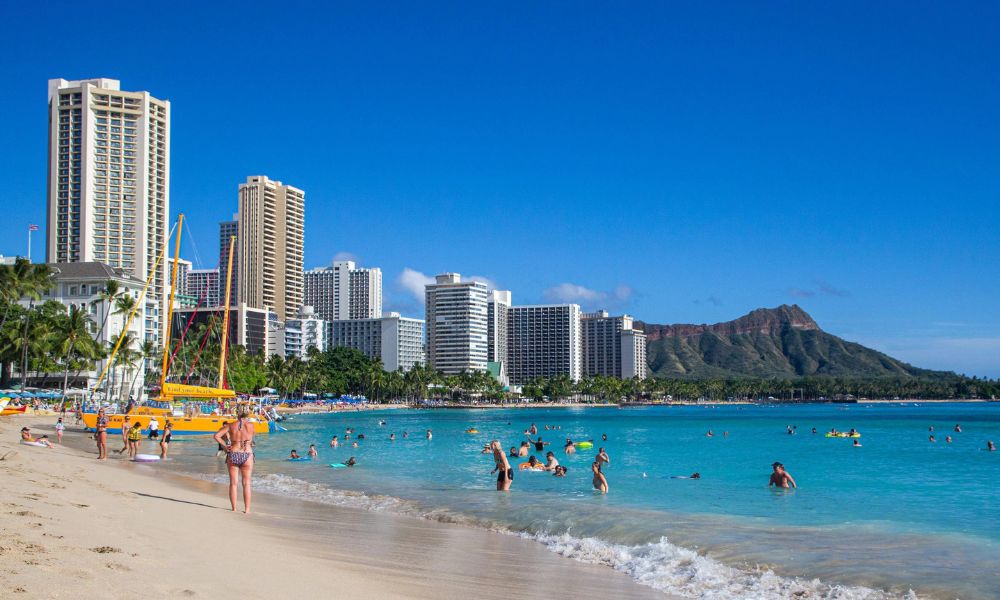
Waikiki Beach is perhaps the most famous beach in Hawaii, and for good reason. Located in Honolulu, this bustling beach offers a perfect blend of natural beauty and urban excitement. With its golden sands, gentle waves, and iconic Diamond Head crater backdrop, Waikiki is ideal for swimming, surfing, and sunbathing. The area is also lined with luxury resorts, restaurants, and shops, making it a perfect destination for those who enjoy a vibrant beach scene.
Read More: 12 Things You Didn’t Know About Lake Tahoe
Lanikai Beach, Oahu
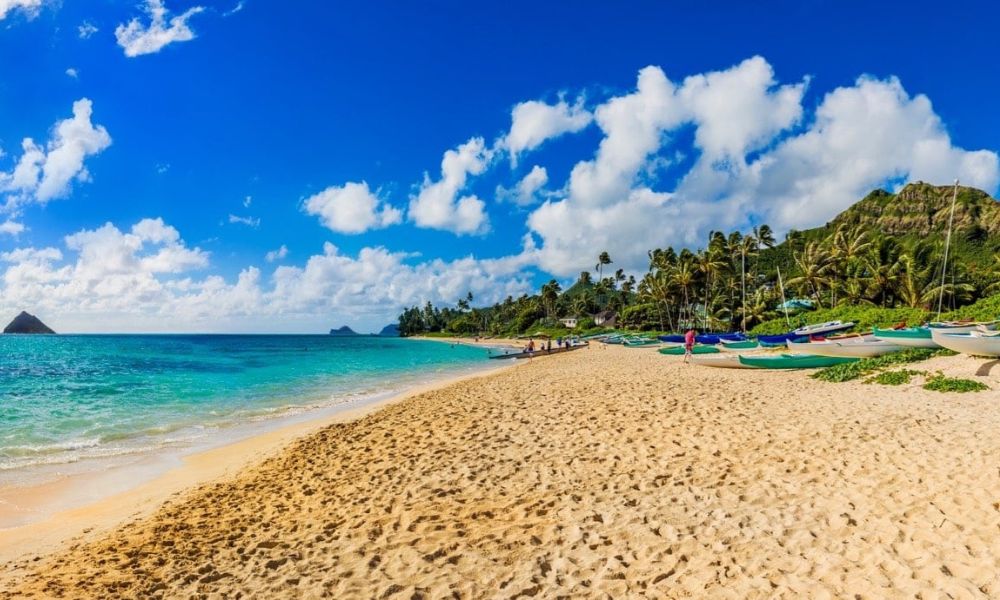
For a more tranquil experience, head to Lanikai Beach on the windward coast of Oahu. This hidden gem is often hailed as one of the most beautiful beaches in the world. With its powdery white sand, crystal-clear turquoise waters, and scenic views of the Mokulua Islands, Lanikai is perfect for kayaking, paddleboarding, and snorkeling. The calm, shallow waters make it an ideal spot for families and those looking to unwind in paradise.
Read More: The Party Animal’s Guide to Miami Beach
Hanauma Bay, Oahu
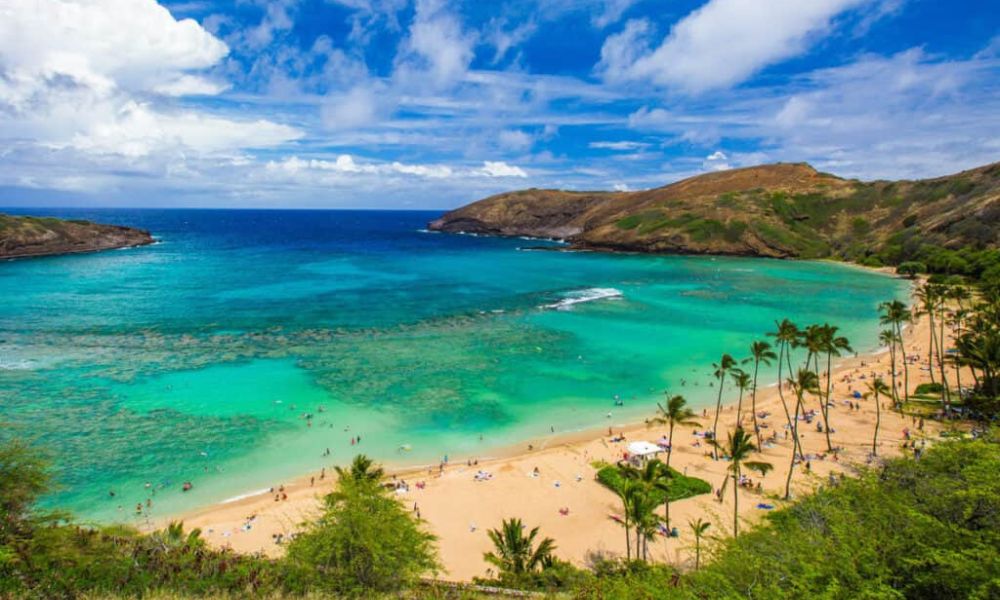
Hanauma Bay is a must-visit for snorkeling enthusiasts. This protected marine life conservation area is home to vibrant coral reefs and a diverse array of marine species. The bay, formed within a volcanic cone, offers calm waters and excellent visibility, making it easy to spot colorful fish and sea turtles. Hanauma Bay is a popular spot, so be sure to arrive early to secure a parking spot and enjoy the pristine underwater world.
Ka’anapali Beach, Maui
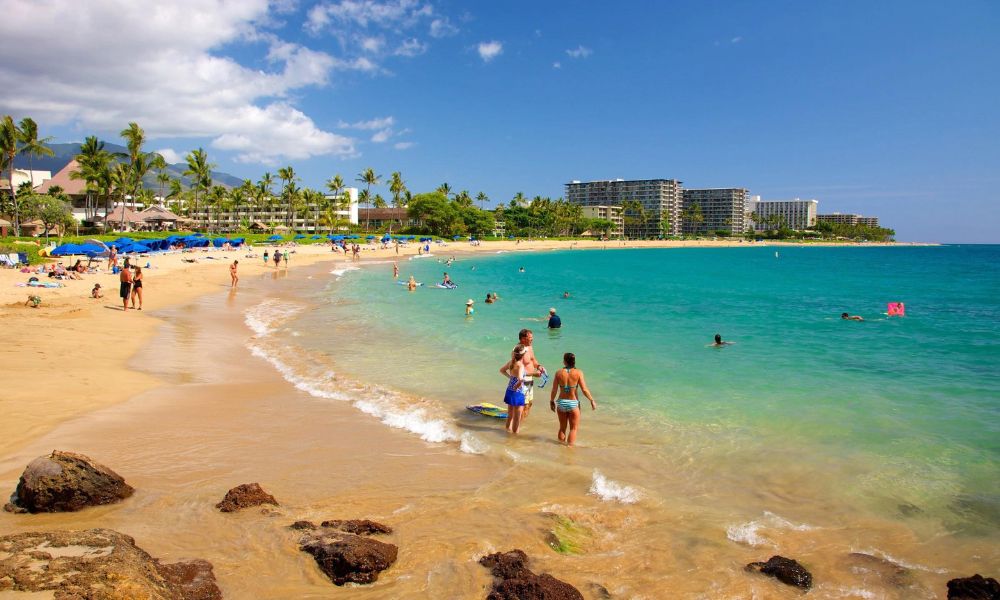
Ka’anapali Beach, located on Maui’s western shore, is a stunning stretch of golden sand that has something for everyone. This beach is renowned for its crystal-clear waters, ideal for swimming, snorkeling, and paddleboarding. The nearby Black Rock is a favorite spot for cliff diving and offers excellent snorkeling opportunities. Ka’anapali Beach is also home to several world-class resorts, golf courses, and shopping centers, providing plenty of activities and amenities for visitors.
Wailea Beach, Maui
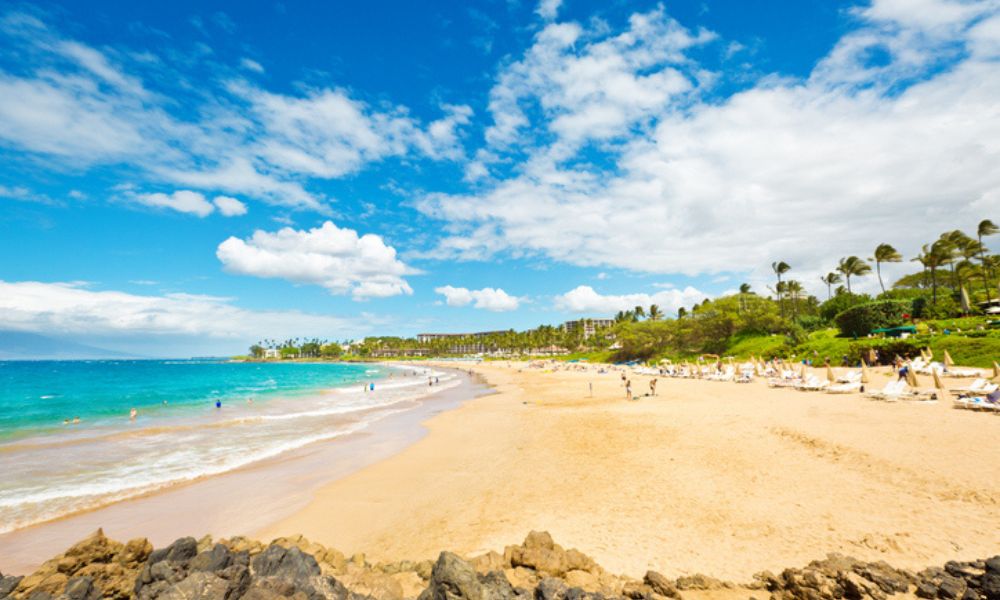
Wailea Beach is another gem on Maui, known for its luxurious ambiance and pristine beauty. This crescent-shaped beach boasts soft, white sand and calm, azure waters. It’s perfect for swimming, sunbathing, and snorkeling. The area is surrounded by upscale resorts and lush gardens, making it an ideal destination for a relaxing, high-end beach getaway.
Poipu Beach, Kauai
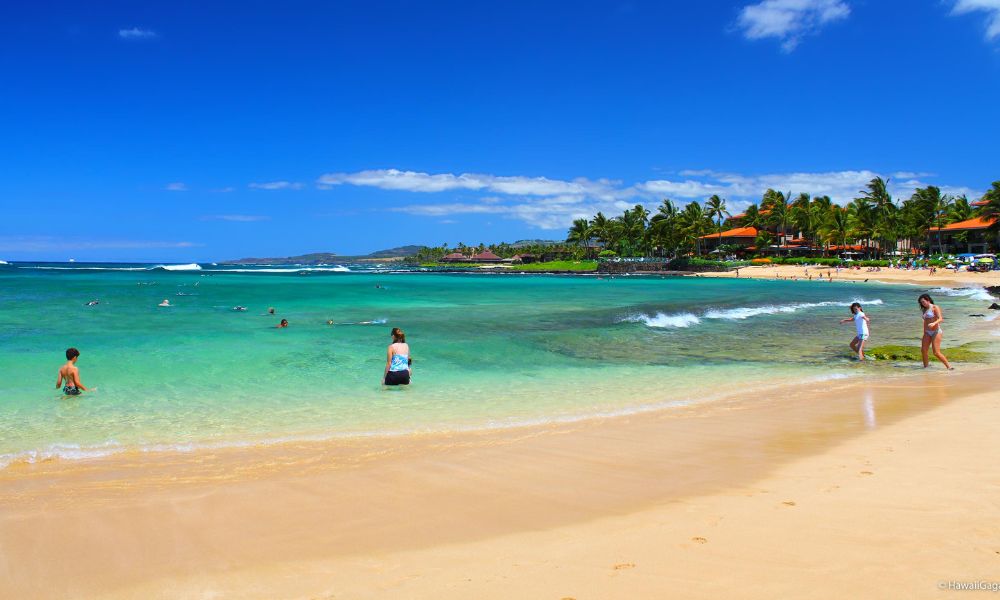
Poipu Beach on the south shore of Kauai is a family-friendly destination with a diverse range of activities. The beach is divided into several sections, each offering something unique. The shallow, protected waters of Poipu’s “baby beach” are perfect for young children, while the main beach area is great for swimming and snorkeling. Poipu Beach is also a fantastic spot for whale watching in the winter months and has a nearby park with picnic areas and playgrounds.
Hanalei Bay, Kauai
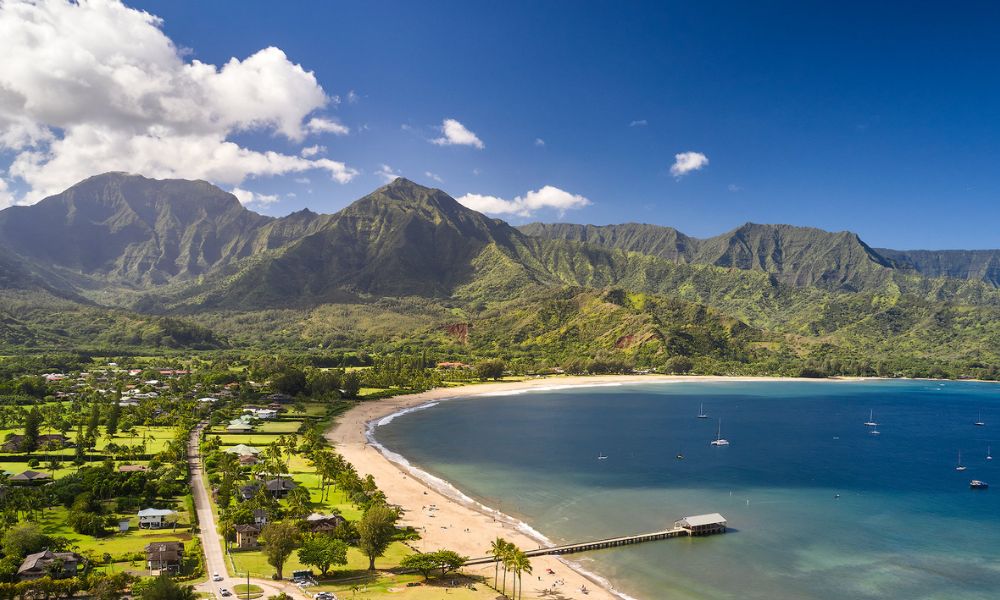
Hanalei Bay, located on the north shore of Kauai, is a breathtaking bay surrounded by lush mountains and waterfalls. This two-mile stretch of sandy beach is ideal for a variety of activities, including swimming, surfing, and stand-up paddleboarding. The tranquil atmosphere and stunning scenery make Hanalei Bay a favorite among locals and visitors alike. The charming town of Hanalei, with its quaint shops and eateries, adds to the bay’s allure.
Hapuna Beach, Big Island
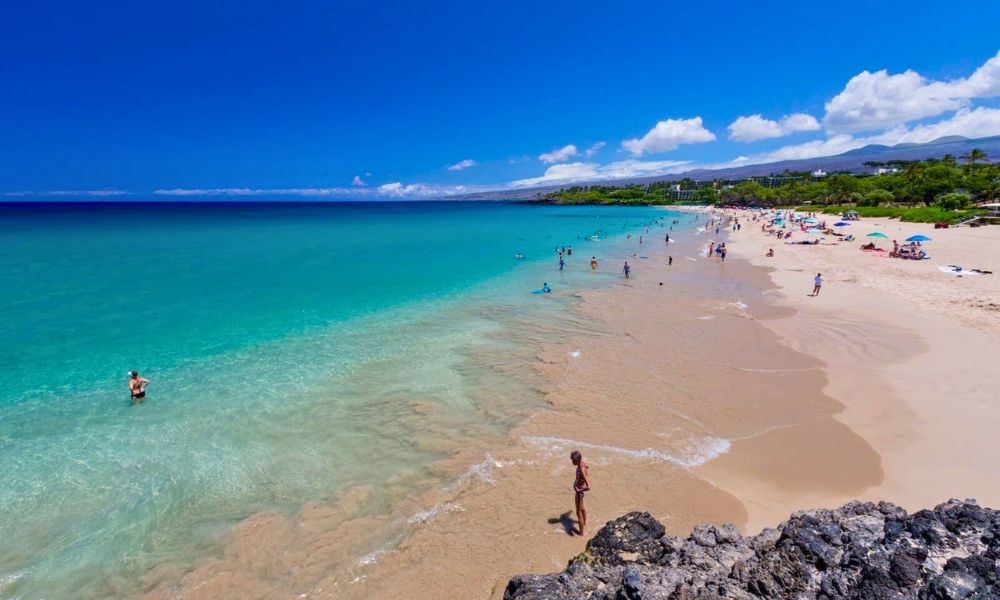
Hapuna Beach, situated on the Kohala Coast of the Big Island, is one of the island’s largest white sand beaches. Known for its consistently good weather and clear waters, Hapuna Beach is perfect for swimming, boogie boarding, and snorkeling. The beach’s gentle slope into the ocean creates ideal conditions for both novice and experienced swimmers. With ample facilities and picnic areas, Hapuna Beach is a great spot for a fun-filled day by the sea.
Read More: Where to Stay in Oceanside, California
Punalu’u Black Sand Beach, Big Island
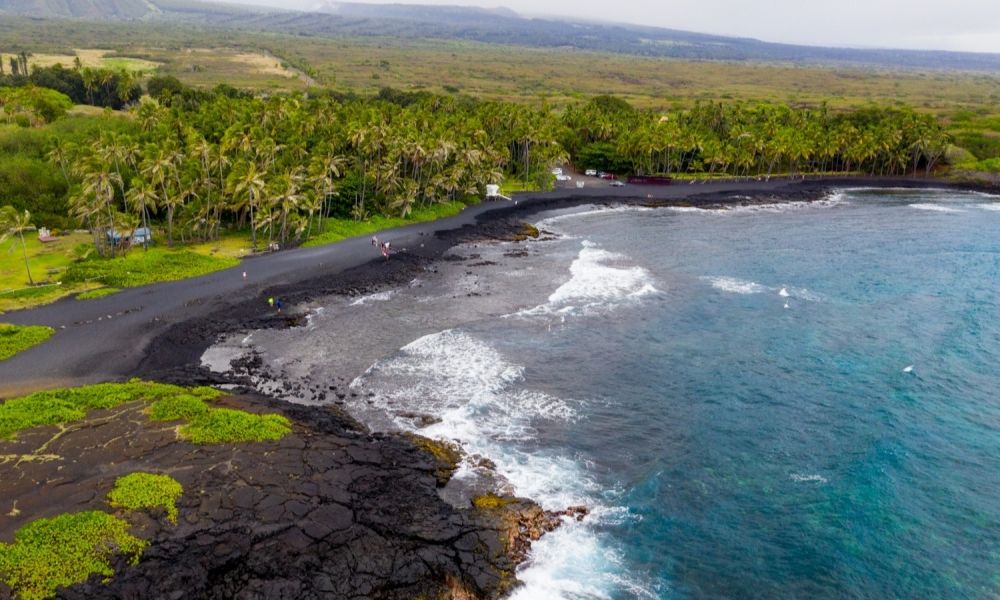
Punalu’u Black Sand Beach offers a unique and unforgettable experience. This striking beach, located on the southeastern coast of the Big Island, features jet-black sand created by volcanic activity. The contrast between the dark sand, turquoise waters, and green coconut palms creates a stunning visual spectacle. Punalu’u is also a haven for green sea turtles, which can often be seen basking on the shore. While swimming can be challenging due to rocky conditions, the beach is perfect for picnicking and exploring.
Read More: The Ultimate Fiji Packing Checklist
Conclusion
Hawaii’s beaches are more than just beautiful stretches of sand; they are gateways to adventure, relaxation, and unforgettable experiences. Whether you’re exploring the bustling shores of Waikiki, snorkeling in Hanauma Bay, or marveling at the unique black sand of Punalu’u, each beach offers its own slice of paradise. Pack your sunscreen, grab your beach gear, and get ready to discover the most stunning beaches that Hawaii has to offer. Aloha!
Trip Ideas
Best Parks and Gardens in Charleston, South Carolina
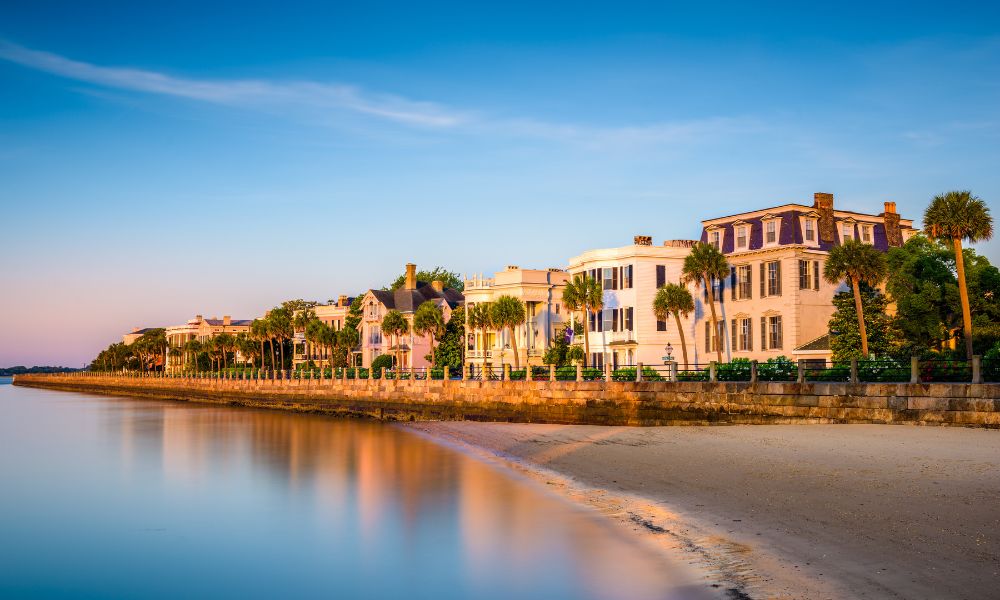
Charleston, South Carolina, isn’t just a historic gem with its cobblestone streets and antebellum houses; it’s also a city brimming with lush parks and vibrant gardens. Whether you’re a local or a visitor, these green spaces offer a perfect escape to nature. Here’s a roundup of the must-visit parks and gardens in this charming city!
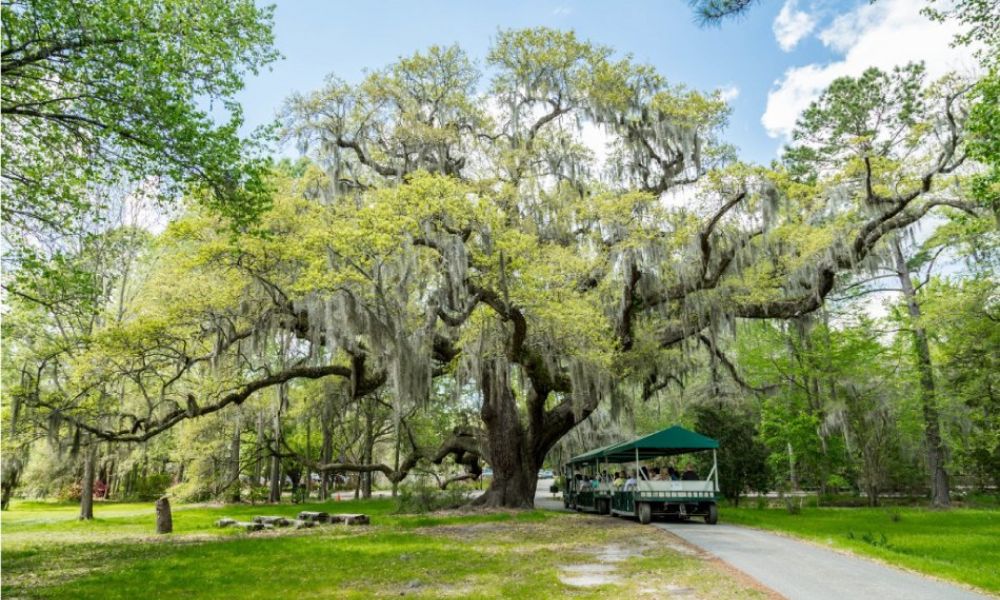
Magnolia Plantation and Gardens Established in 1676, Magnolia Plantation is one of the oldest public gardens in America. Stroll through the romantic gardens, take a guided tour of the planatation house, or hop on a boat tour to explore the Audubon Swamp Garden. The camellias, azaleas, and wisteria are especially breathtaking in the spring.
Read More: Hawaii: The getaway that’s got everyone covered

Middleton Place Known for its meticulously maintained 65-acre garden, Middleton Place is a National Historic Landmark. The terraced lawns, reflecting pools, and centuries-old camellias create a stunning backdrop for a leisurely walk. Don’t miss the stable yards and the House Museum to complete your visit.
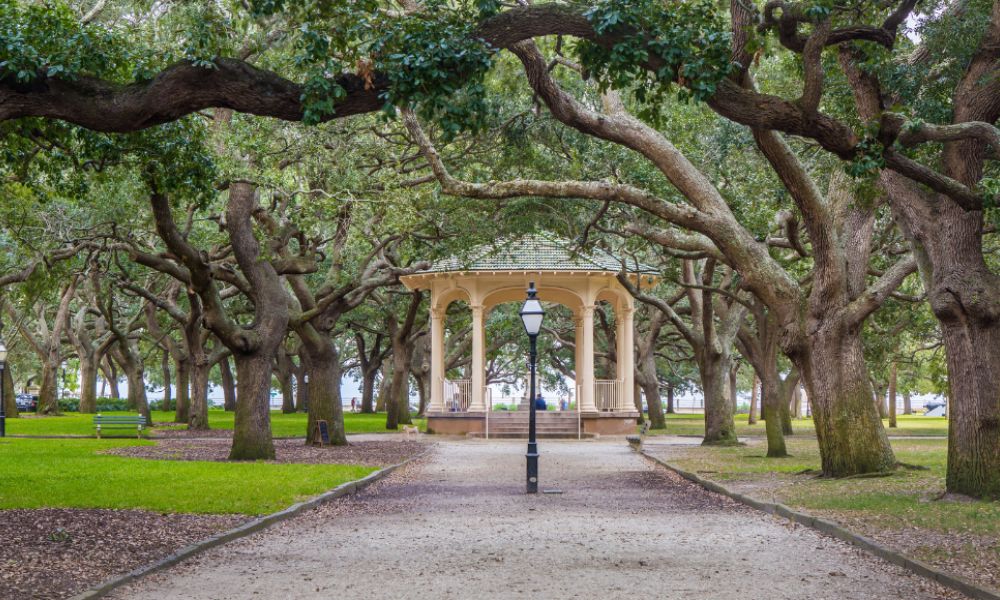
Battery and White Point Garden Located at the southern tip of the Charleston Peninsula, this park offers stunning views of Fort Sumter and Charleston Harbor. Wander among the oak trees, historical monuments, and cannons. It’s a perfect spot for a picnic with a picturesque setting.
Read More: The Top 10 Bars in Majorca for a Fun Night Out
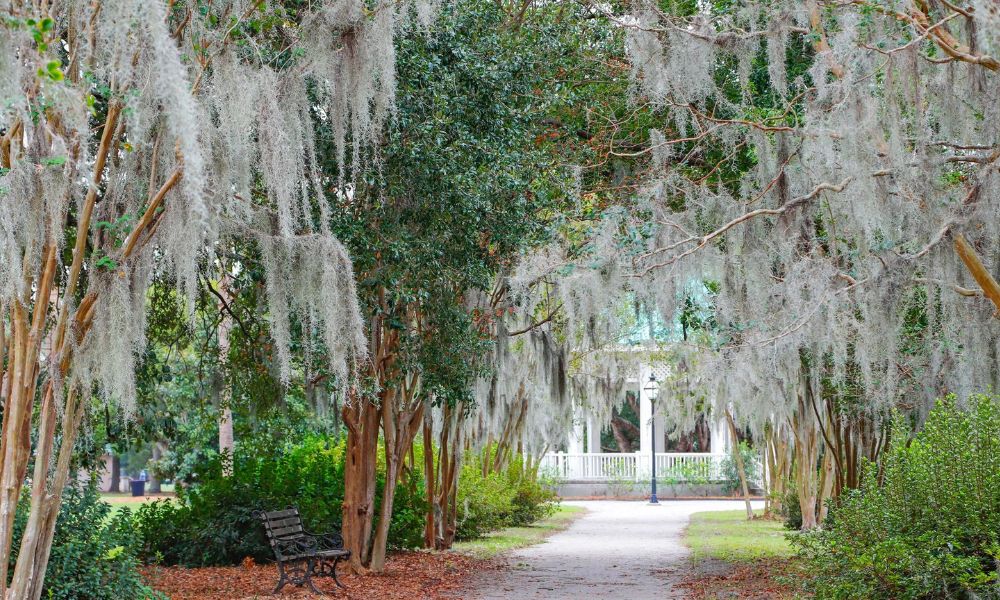
Hampton Park With its grand oak trees and colorful flower beds, Hampton Park is one of Charleston’s largest and most beautiful parks. Enjoy a jog or a leisurely bike ride on the paths, or simply relax in the shade with a good book. The park’s pond and fountains add to its serene atmosphere.
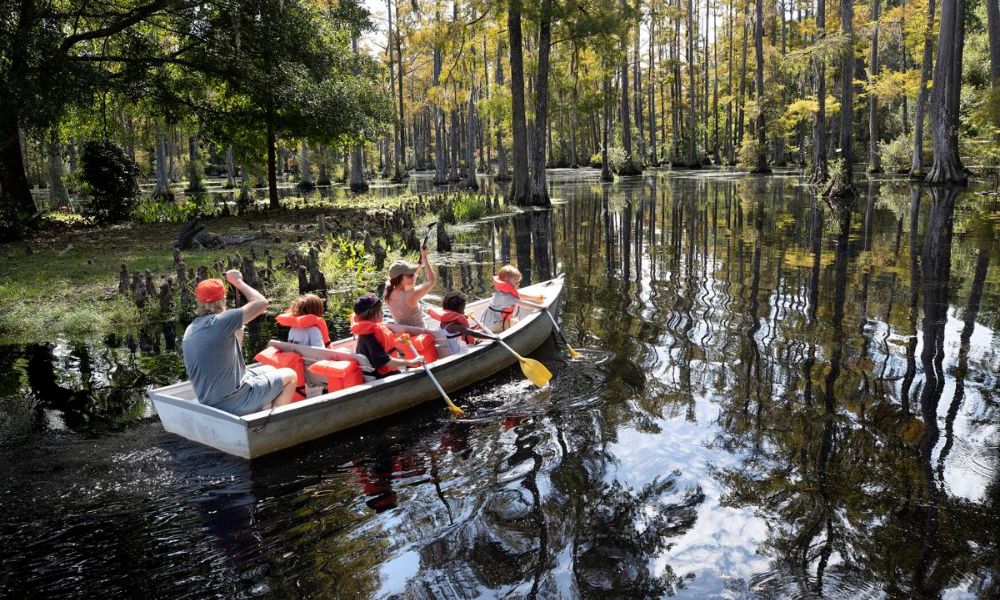
Cypress Gardens Located just outside Charleston in Moncks Corner, Cypress Gardens is a hidden gem. Explore the blackwater bald cypress/tupelo swamp on a flat-bottom boat or walk the trails around the garden. The Butterfly House and Swamparium are also highlights for nature enthusiasts.
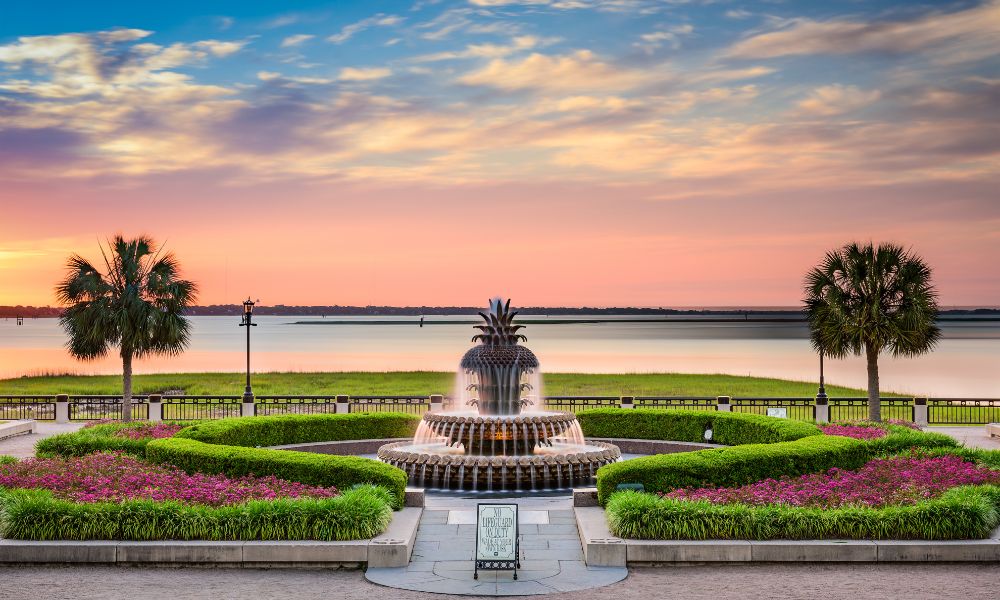
Read More: Things to Keep in Mind When Visiting Montreal
Charleston Waterfront Park Stretching along the Charleston Harbor, this park offers scenic views and a refreshing sea breeze. The famous Pineapple Fountain and the long pier are perfect for a relaxing stroll. It’s also a great spot to catch a sunrise or sunset over the water.
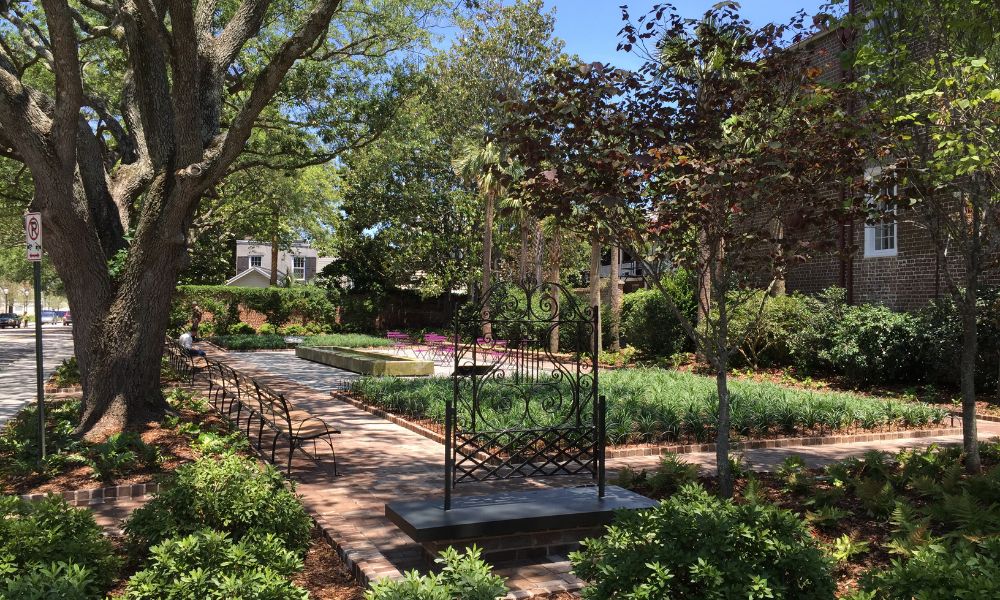
Theodora Park This small but charming park is located in the historic Ansonborough neighborhood. It features a beautiful reflecting pool, artistic benches, and plenty of shade. It’s a peaceful oasis in the heart of the city, ideal for a quiet afternoon.
Read More: Eight Tips for Saving Money on Your Next Trip to Cancun
Charleston’s parks and gardens are not just places to see – they’re experiences to savor. Whether you’re looking for a quiet retreat, a place to exercise, or a spot to enjoy some history and nature, Charleston has something to offer. So pack a picnic, grab your camera, and explore the green spaces that make this city so special!
Trip Ideas
Affordable Summer Vacations: Explore Gatlinburg!
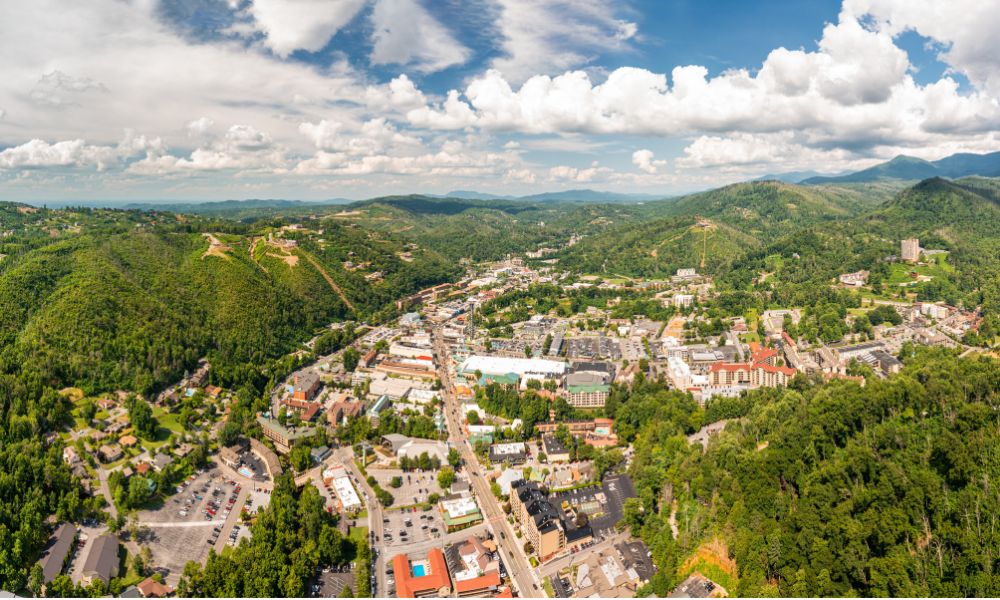
Are you looking for a budget-friendly summer escape that combines the charm of small-town America with the stunning beauty of the Great Smoky Mountains?
Well, look no further than Gatlinburg, Tennessee! This quaint little town is bursting with fun activities, breathtaking scenery, and cozy spots perfect for a romantic getaway. So, grab your sweetheart, pack your bags, and let’s dive into the magic of Gatlinburg!
Stroll Through Downtown Gatlinburg
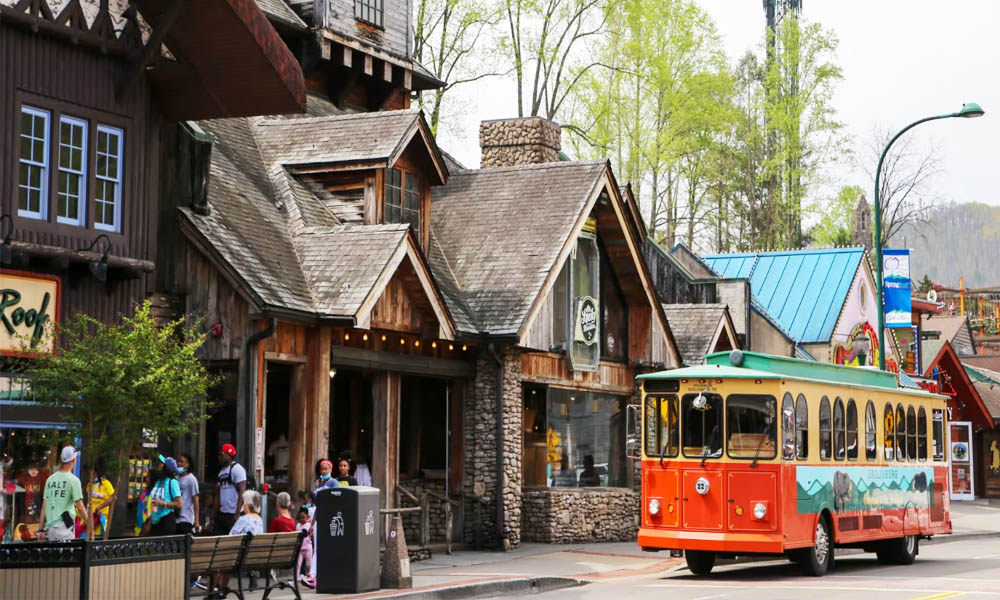
First things first, take a leisurely stroll through downtown Gatlinburg. The main strip is packed with quirky shops, delightful eateries, and unique attractions that’ll keep you entertained for hours. Pop into the Ole Smoky Candy Kitchen to watch candy being made the old-fashioned way—trust me, it’s a sweet experience (pun totally intended). Don’t forget to grab a couple of taffy pieces for the road!
Feeling peckish? You and your special someone can indulge in a hearty Southern meal at one of the many charming restaurants. Try out the Pancake Pantry for breakfast; their pancakes are legendary. If you’re in the mood for something savory, Bennett’s Pit Bar-B-Que serves up mouthwatering ribs that will leave you licking your fingers.
Read More: 10 Very Best Things To Do In Gatlinburg
Experience the Great Smoky Mountains

You can’t visit Gatlinburg without exploring the Great Smoky Mountains National Park. It’s right at your doorstep, offering a myriad of trails for all skill levels. Lace up your hiking boots and venture to Laurel Falls for an easy yet stunning hike. The waterfall at the end is the perfect spot for a romantic photo op.
For a bit more adventure, drive up to Clingmans Dome. The highest point in Tennessee, it offers panoramic views that are simply out of this world. On a clear day, you can see for miles and miles, making it a breathtaking backdrop for some quiet moments together.
Read More: Six Family Activities in Gatlinburg
Ride the Gatlinburg Skylift

If hiking isn’t quite your thing, or if you’re just looking to relax, hop on the Gatlinburg Skylift. This scenic ride takes you up Crockett Mountain, giving you a bird’s-eye view of the town and the lush mountains surrounding it.
At the top, you’ll find the SkyBridge, the longest pedestrian suspension bridge in North America. Walking hand-in-hand across this bridge with the mountains as your backdrop is nothing short of magical.
Explore Ripley’s Aquarium of the Smokies

Who says aquariums are just for kids? Ripley’s Aquarium of the Smokies is an underwater wonderland that will captivate visitors of all ages. Walk through the underwater tunnel as sharks and rays glide gracefully overhead.
It’s a truly immersive experience that’ll make you feel like you’re diving in the deep blue sea without getting wet.
Enjoy a Taste of the Local Spirits
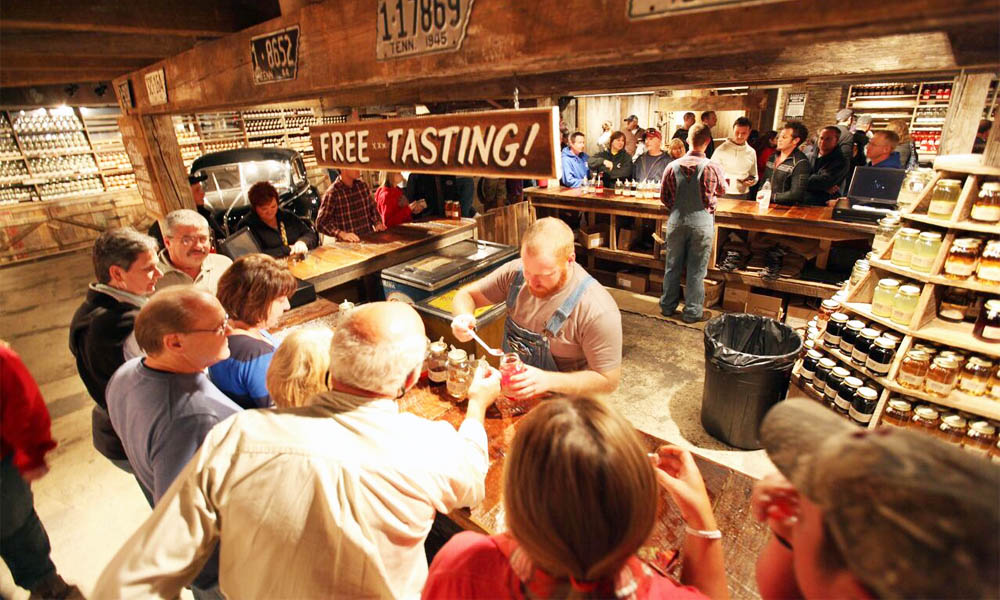
For those who enjoy a little tipple, Gatlinburg has got you covered. The town is famous for its moonshine, and there are plenty of distilleries where you can sample this traditional Appalachian spirit.
Ole Smoky Moonshine and Sugarlands Distilling Company offer tastings and tours. Sip on a variety of flavors, from classic corn whiskey to fun options like apple pie and blackberry. Cheers to a memorable vacation!
Read More: The 10 Most Popular Activities in Nashville
Cozy Cabins and Breathtaking Views

End your day in one of Gatlinburg’s cozy cabins, which are surprisingly affordable, especially when compared to big-city hotels. Imagine snuggling up by the fireplace with your loved one or soaking in a hot tub under a starry sky.
Many cabins come with stunning mountain views, providing the perfect backdrop for some relaxation and romance.
Read More: 3 Days in Nashville: The Ultimate Nashville Itinerary
Pack Your Bags and Fall in Love with Gatlinburg!
So, there you have it—a perfect blend of adventure, relaxation, and romance, all without breaking the bank. Gatlinburg, Tennessee, is a hidden gem that offers a little bit of everything for everyone. Whether you’re wandering through charming downtown streets, exploring the natural beauty of the Smokies, or simply enjoying each other’s company in a cozy cabin, you’re sure to create memories that will last a lifetime.
So what are you waiting for? Gatlinburg is calling, and you won’t want to miss out on this enchanting summer adventure!
-
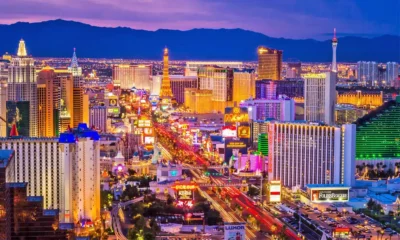
 Tips + Planning55 years ago
Tips + Planning55 years agoWhat to Know Before Visiting Las Vegas
-
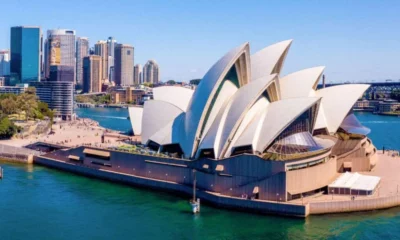
 Trip Ideas55 years ago
Trip Ideas55 years agoThe Eight Places That Tourists Need to Visit in Sydney
-
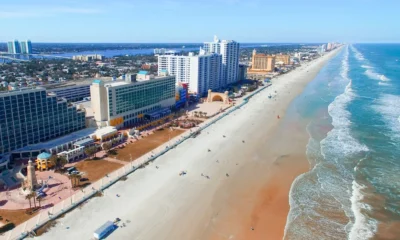
 Florida55 years ago
Florida55 years agoThe 9 Reasons You Should Visit Daytona Beach,
-
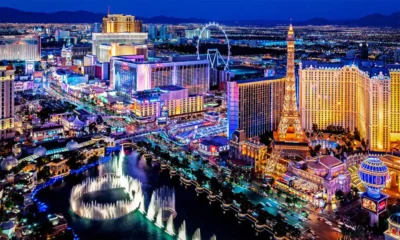
 Trip Ideas55 years ago
Trip Ideas55 years agoWhat to Do in Las Vegas During the Night
-

 Trip Ideas55 years ago
Trip Ideas55 years agoNew AI Technology Helps Travelers Find the Best Flight Deals
-

 California55 years ago
California55 years agoThe 15 Best Vacation Spots in the USA During Covid-19
-

 Uncategorized55 years ago
Uncategorized55 years agoBooksi.com Review – Discount Travel Membership
-
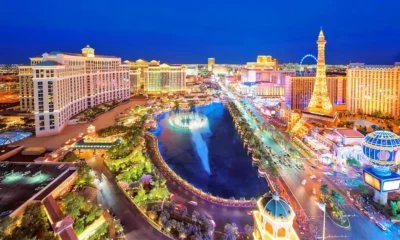
 Trip Ideas55 years ago
Trip Ideas55 years ago10 Best Activities for an Unforgettable Las Vegas Adventure

